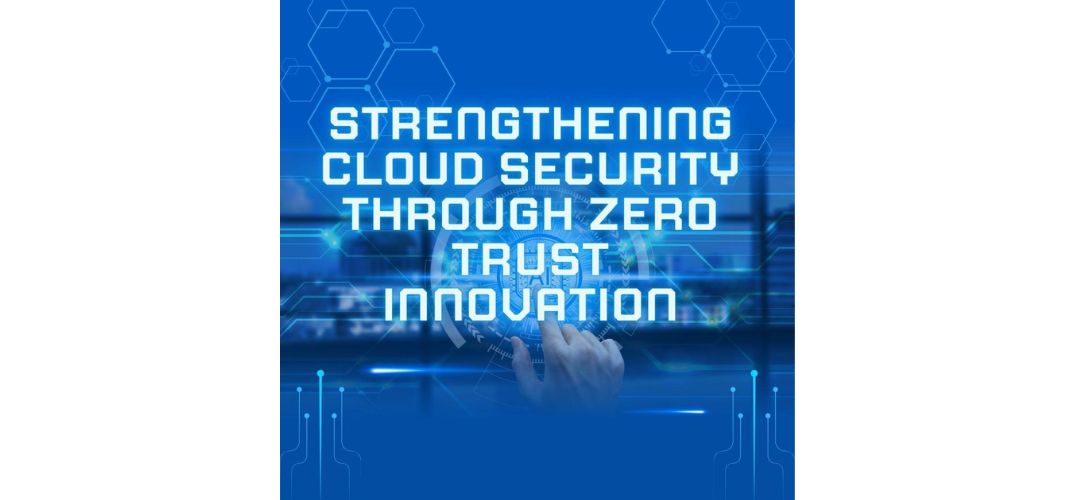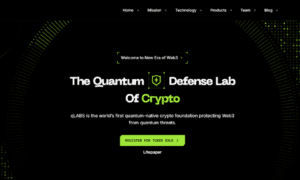In the digital era, security researcher Ravinder Ramidi examines how Zero Trust Architecture (ZTA) is transforming cloud-native security approaches. As organizations shift to cloud-native environments, they gain unprecedented deployment flexibility while facing new security challenges.
Traditional perimeter-based security models are proving inadequate for protecting today’s microservices, containers, and ephemeral infrastructure. In response, ZTA has emerged as a forward-looking solution built on the fundamental principle of “never trust, always verify.” This approach replaces static security boundaries with continuous validation, providing a more robust framework for modern cloud environments.
Authenticating Every Interaction
One of the most transformative innovations in ZTA is service-to-service authentication. In distributed systems, where services frequently interact across networks, authenticating every connection is critical. Mutual TLS (mTLS) and JWT-based authentication are foundational techniques in this space, each with its strengths. mTLS, for example, has been shown to cut unauthorized access by over 80%, while JWTs provide efficient, low-latency alternatives. Tools like SPIFFE/SPIRE further refine service identity management, reducing identity-related incidents and streamlining operational overhead.
Role-Based Boundaries in Microservices
Role-Based Access Control (RBAC) enforces least-privilege access at the service level, narrowing the blast radius in case of a breach. Misconfigured or excessive permissions remain a top vulnerability in cloud environments. By adopting Kubernetes-native RBAC policies and tools like Open Policy Agent (OPA), organizations significantly reduce the risk of privilege escalation. API gateways add another security layer, delivering granular control and preventing unauthorized data exposure.
From Reactive to Proactive: Continuous Monitoring
Security no longer ends at authentication. ZTA mandates continuous monitoring and behavioral validation, ensuring that trusted services continue to act in expected ways. Real-time anomaly detection, powered by tools like Falco and service meshes, flags suspicious behavior. Meanwhile, machine learning-based behavioral analytics further sharpen detection by identifying deviations from established baselines, reducing false positives and improving threat response times.
Micro-Segmentation: The New Firewall
Gone are the days of broad, flat networks. Micro-segmentation breaks environments into secure zones, containing potential breaches to a few services rather than entire applications. Implementing Kubernetes NetworkPolicies, service mesh-based rules, and cloud-native security groups drastically reduces lateral movement opportunities. This strategy limits an attacker’s mobility and makes incident containment more manageable.
The Minimalist Approach to Access
Least privilege access ensures that no service operates with more permissions than necessary. Techniques like ephemeral credentials and just-in-time access elevation reduce the window of opportunity for attackers. Secrets management solutions further fortify this principle by automating credential storage, rotation, and access—lowering breach risk and improving regulatory compliance.
Building the Zero Trust Ecosystem
At the heart of a robust Zero Trust strategy lies a multi-component architecture designed for scalability and resilience. Identity Providers (IdPs) manage service identities and streamline authentication processes, while centralized policy engines enforce consistent access control across environments. Certificate Authorities uphold trust through cryptographic validation, and monitoring systems provide the eyes and ears of the infrastructure.
A well-implemented architecture also includes service meshes to manage encrypted communication paths, and secrets management platforms to guard authentication material. When these components operate in unison, they build a dynamic, adaptive, and enforceable Zero Trust environment capable of protecting even the most complex applications.
Innovation Without Sacrificing Performance
Performance and user experience are crucial in ZTA implementations. Although security controls introduce latency, optimization strategies—like token caching, distributed policy enforcement, and TLS session resumption—mitigate this impact. Modern implementations demonstrate that security and speed can coexist, with tuned service meshes adding minimal overhead while boosting reliability.
Operationalizing Zero Trust: Challenges and Strategies
Despite its benefits, ZTA comes with operational complexity, especially at scale. Managing thousands of service identities, certificates, and policies demands automation. Identity lifecycle tools and policy-as-code solutions alleviate this burden, cutting hours of manual effort and minimizing misconfigurations. Observability overhead—due to the volume of telemetry generated—is another hurdle. Smart alerting and ML-driven analysis reduce noise, allowing security teams to focus on real threats.
Importantly, ZTA must align with developer workflows. Without seamless integration into CI/CD pipelines, security friction can slow deployment and frustrate teams. Organizations that embed security controls directly into the development lifecycle report improved satisfaction, compliance, and velocity.
In conclusion,Zero Trust Architecture is not a passing trend—it’s an imperative for securing modern, cloud-native environments. With its layered innovations spanning identity, access, monitoring, and automation, ZTA transforms how organizations defend their infrastructure. While implementation demands thoughtful planning and investment, the resulting resilience and agility make it worthwhile. As Ravinder Ramidi emphasizes, the journey to Zero Trust is incremental, but its outcomes are foundational for future-ready cybersecurity.



































